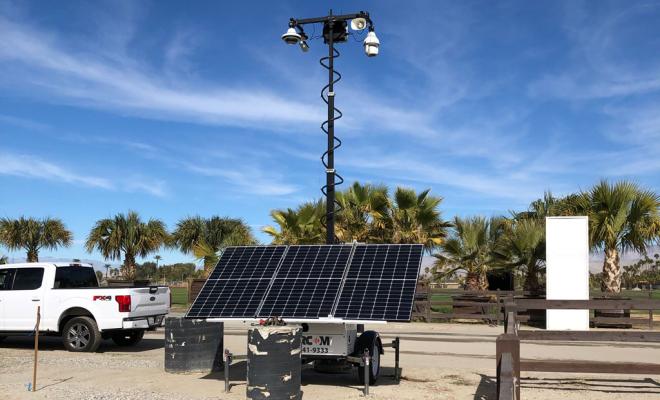In an emergency, first responders have to talk to each other, regardless of where they are. But sometimes, the facility they are in prohibits that from happening.
That’s why amplifiers are needed to increase in-building radio signal strength. Read all about their importance below, along with how you can get them installed in your building. And be sure to contact the team at BearCom to get additional questions answered.
 Having a sufficient in-building communications system is crucial for first responders. With the right system in place, firefighters, police officers, and EMTs will never lose their point of contact in a dire situation.
These men and women depend on indoor two-way coverage, often on multiple frequency bands, for team coordination and emergency communications. Public Safety professionals need to maintain contact with each other, regardless of their location in your building, be it on underground floors, elevators, stairwells, parking garages, or wherever.
In most localities, it is now legally required that communication systems maintain signal strength throughout a facility. This is primarily so there is a guaranteed level of in-building signal strength for first responders.
Having a sufficient in-building communications system is crucial for first responders. With the right system in place, firefighters, police officers, and EMTs will never lose their point of contact in a dire situation.
These men and women depend on indoor two-way coverage, often on multiple frequency bands, for team coordination and emergency communications. Public Safety professionals need to maintain contact with each other, regardless of their location in your building, be it on underground floors, elevators, stairwells, parking garages, or wherever.
In most localities, it is now legally required that communication systems maintain signal strength throughout a facility. This is primarily so there is a guaranteed level of in-building signal strength for first responders.
 Passive DAS: In buildings less than 500,000 square feet, a passive Distributed Antenna System often includes a BDA to receive signal from off-air, boost it and send it throughout the building using coax cabling. Passive designs are the most commonly used systems to meet Public Safety signal requirements.
Active DAS: An active Distributed Antenna System is often used for larger buildings – usually more 10 floors and over 500,000 square feet of coverage area. Facilities that benefit from using an active DAS are venues such as concert arenas, sports stadiums, and airports.
Wireless communications providers perform site surveys to properly design and deploy an in-building signal booster system. As part of the survey, an RF signal analyzer is used to record the best signal strength in your building and identify poor indoor signals. This helps determine where to position the exterior antenna and where to place signal boosters inside the building.
The survey, wiring schematic, and floor plans help determine the optimal configuration of the Distributed Antenna System and individual antenna nodes, as well as the head-end position for the Bi-Directional Amplifier. When done properly, the system design and infrastructure, along with the power and programming of the BDA will sufficiently boost indoor signal to essentially eliminate dead spots.
Passive DAS: In buildings less than 500,000 square feet, a passive Distributed Antenna System often includes a BDA to receive signal from off-air, boost it and send it throughout the building using coax cabling. Passive designs are the most commonly used systems to meet Public Safety signal requirements.
Active DAS: An active Distributed Antenna System is often used for larger buildings – usually more 10 floors and over 500,000 square feet of coverage area. Facilities that benefit from using an active DAS are venues such as concert arenas, sports stadiums, and airports.
Wireless communications providers perform site surveys to properly design and deploy an in-building signal booster system. As part of the survey, an RF signal analyzer is used to record the best signal strength in your building and identify poor indoor signals. This helps determine where to position the exterior antenna and where to place signal boosters inside the building.
The survey, wiring schematic, and floor plans help determine the optimal configuration of the Distributed Antenna System and individual antenna nodes, as well as the head-end position for the Bi-Directional Amplifier. When done properly, the system design and infrastructure, along with the power and programming of the BDA will sufficiently boost indoor signal to essentially eliminate dead spots.
 MOTOROLA, MOTOROLA SOLUTIONS and the Stylized M Logo are trademarks or registered trademarks of Motorola Trademark Holdings, LLC and are used under license. All other trademarks are the property of their respective owners. ©2018 Motorola Solutions, Inc. All rights reserved.
MOTOROLA, MOTOROLA SOLUTIONS and the Stylized M Logo are trademarks or registered trademarks of Motorola Trademark Holdings, LLC and are used under license. All other trademarks are the property of their respective owners. ©2018 Motorola Solutions, Inc. All rights reserved.

Need help? Let's talk
Contact us today and lets talk about your voice, security and data needs.